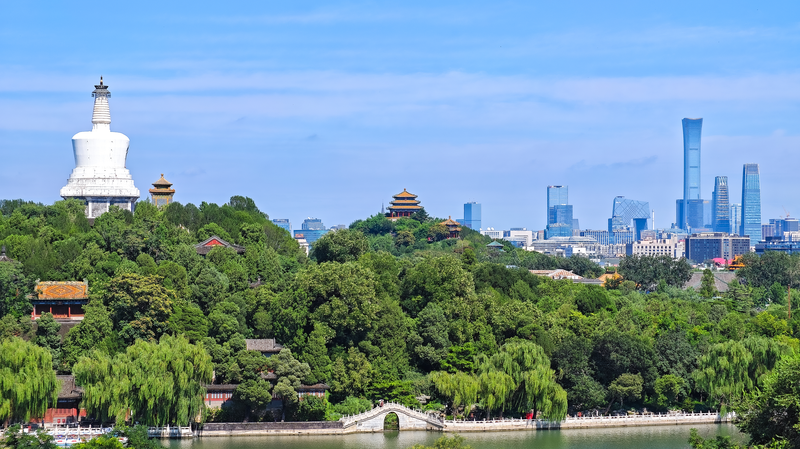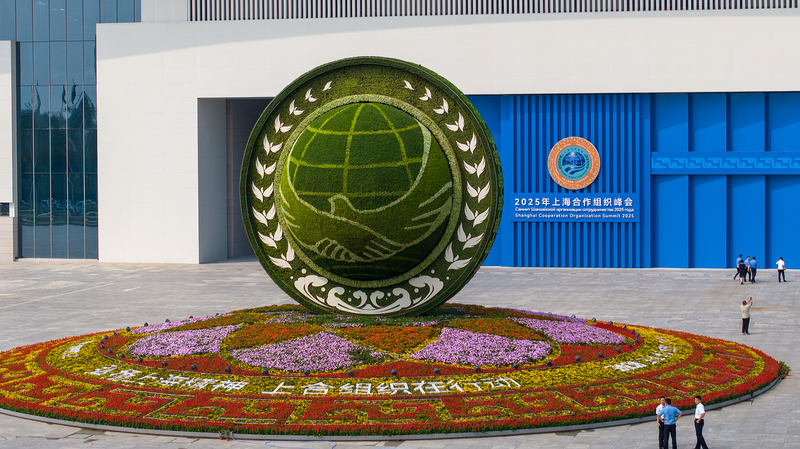On International Day of Clean Air for Blue Skies, UN officials in Beijing highlighted air pollution as one of today’s biggest health threats. Yet one city stands out: once among the world’s most polluted, Beijing now ranks among its cleanest capitals.
“China’s effective policies have built a strong framework for environmental improvement,” says Chang Qide, UN Coordinator in China. “By uniting private and state-owned enterprises and engaging once-major polluters, this model offers lessons for cities worldwide.”
Over the past decade, China’s GDP surged 69 percent while PM2.5 concentrations plunged 57 percent. Heavy-smog days fell by 92 percent, even as economic growth stayed above 5 percent.
“A University of Maryland study found China’s seven-year PM2.5 decline matches the U.S.’s thirty-year drop,” notes He Kebin of the Chinese Academy of Engineering. “That achievement resonates on the global stage.”
Looking ahead, experts predict average PM2.5 levels could dip into single digits by 2060. Since 2013, China has phased out outdated production capacity, upgraded coal boilers, and shifted to cleaner fuels. As a result, national PM2.5 averages dropped from 72 μg/m³ in 2013 to 29.3 μg/m³ in 2023.
By 2060, projections show non-fossil sources supplying 72 percent of primary energy, renewables powering over 70 percent of electricity, industrial coal use under 15 percent, and new energy vehicles claiming more than 60 percent of the market. Through data-driven policy and cross-sector collaboration, China is charting a path toward truly blue skies.
Reference(s):
China's remarkable global achievement in air pollution control
cgtn.com




